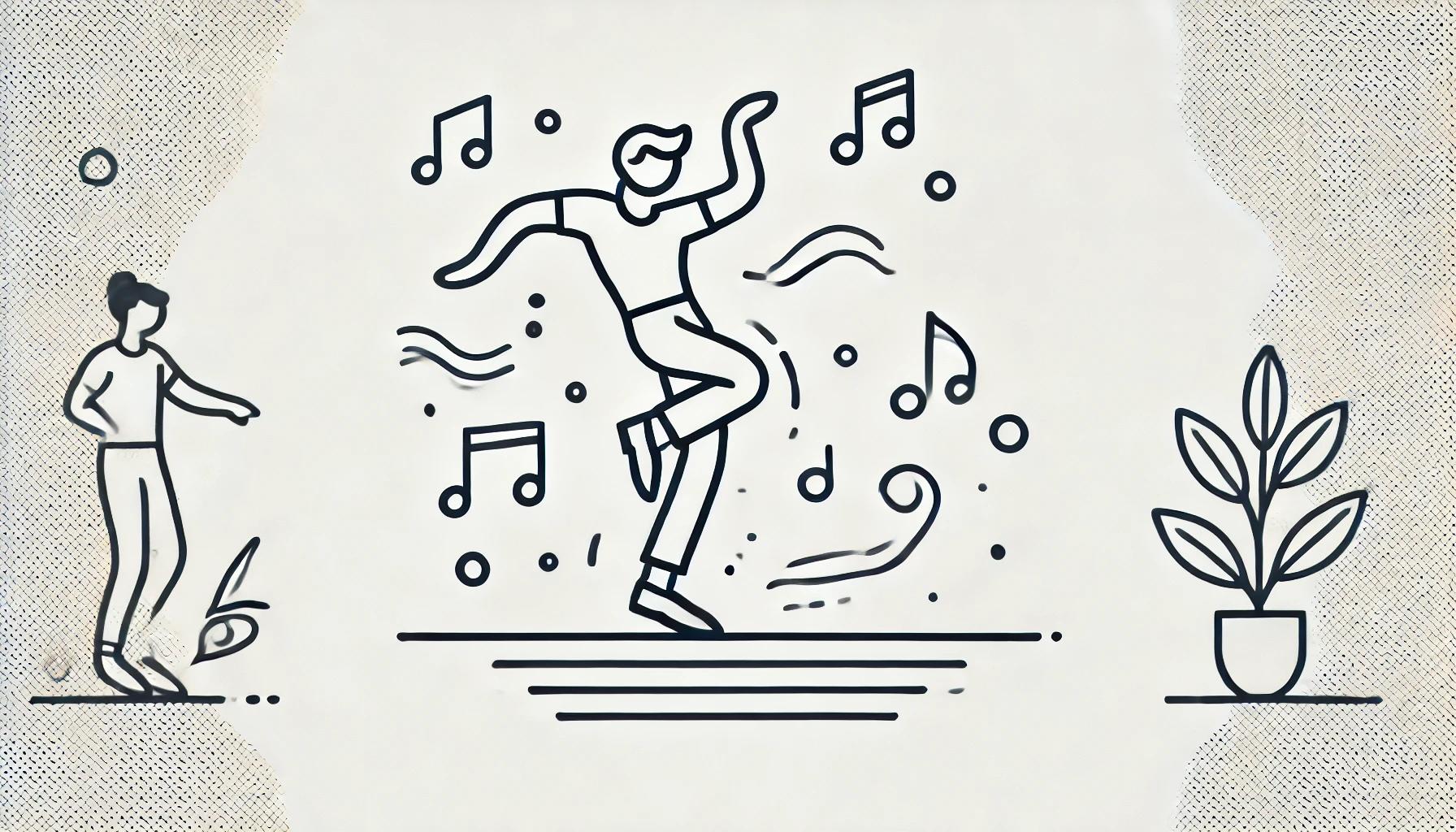Dancing is a joyous and expressive art form that allows you to connect with music, improve your fitness, and have fun. Whether you’re interested in salsa, swing, or any other dance style, this guide will help you get started on your dancing journey.
The Benefits of Dancing
Dancing offers numerous advantages:
- Physical Fitness: Improves cardiovascular health, strength, flexibility, and balance.
- Mental Health: Reduces stress, boosts mood, and enhances cognitive function.
- Social Connection: Provides opportunities to meet new people and connect with others.
- Cultural Appreciation: Offers insights into different cultures and traditions through various dance styles.
Getting Started
Choosing Your Dance Style
Select a dance style that suits your interests and goals:
- Salsa: A lively, energetic dance with roots in Latin American music and culture.
- Swing: A fun and upbeat dance style that originated in the jazz era.
- Ballroom: Includes elegant dances like the waltz, tango, and foxtrot.
- Hip-Hop: A modern, street-style dance that emphasizes rhythm and creativity.
- Ballet: A classical dance form that focuses on technique, grace, and discipline.
Essential Dance Gear
Having the right gear can enhance your dancing experience:
- Dance Shoes: Choose shoes that are specific to your dance style. For example, salsa shoes have suede soles for smooth movement, while swing shoes provide comfort and support.
- Comfortable Clothing: Wear comfortable, breathable clothing that allows for a full range of motion.
- Water Bottle: Stay hydrated during your dance sessions.
- Towel: Keep a towel handy to wipe away sweat.
Finding a Dance Class
Look for dance classes in your area to learn from experienced instructors:
- Dance Studios: Many studios offer classes in various styles and levels.
- Community Centers: Local community centers often have dance programs for different age groups.
- Online Classes: Explore online platforms that offer virtual dance lessons, allowing you to learn from the comfort of your home.
Basic Dance Techniques
Learning the Basics
Start with the fundamental steps and movements of your chosen dance style:
- Footwork: Master the basic steps, patterns, and rhythms.
- Posture: Maintain proper posture with your shoulders back, chest up, and core engaged.
- Balance: Practice shifting your weight smoothly between your feet.
- Coordination: Develop coordination between your upper and lower body.
Practicing with Music
Dancing to music helps you internalize the rhythm and timing:
- Counting Beats: Learn to count the beats in the music to stay in sync with the rhythm.
- Tempo: Start with slower music to practice your steps, then gradually move to faster tempos.
- Musicality: Pay attention to the dynamics and phrasing of the music to enhance your performance.
Partner Dancing
If you’re learning a partner dance like salsa or swing, practice leading and following:
- Lead and Follow Roles: Understand the roles of the leader and follower. The leader initiates movements, while the follower responds and adapts.
- Connection: Establish a comfortable connection with your partner through frame and hand placement.
- Communication: Use subtle cues and signals to communicate movements and changes in direction.
Advanced Dance Techniques
Spins and Turns
Mastering spins and turns adds flair to your dancing:
- Spotting: Focus on a fixed point while turning to maintain balance and prevent dizziness.
- Technique: Practice proper foot placement and body alignment for smooth, controlled turns.
Styling and Improvisation
Express your unique style and creativity:
- Styling: Add personal touches to your movements, such as arm gestures, head turns, and body isolations.
- Improvisation: Experiment with improvising to the music, incorporating your own movements and variations.
Performance Skills
Enhance your stage presence and performance quality:
- Expression: Use facial expressions and body language to convey emotion and connect with your audience.
- Confidence: Build confidence through practice and positive self-talk.
- Choreography: Learn and practice choreographed routines to improve memory and precision.
Tips for Successful Dancing
Practice Regularly
Consistent practice is key to improving your dance skills:
- Daily Practice: Dedicate time each day to practice your steps and techniques.
- Warm-Up and Cool-Down: Always start with a warm-up to prepare your body and end with a cool-down to prevent injury.
- Record Yourself: Record your practice sessions to review your performance and identify areas for improvement.
Join the Dance Community
Engage with other dancers to stay motivated and inspired:
- Dance Events: Attend social dances, workshops, and competitions to meet other dancers and gain experience.
- Online Communities: Join online dance forums and social media groups to connect with dancers worldwide.
- Dance Partners: Practice with different dance partners to develop adaptability and communication skills.
Have Fun
Remember to enjoy the process of learning and dancing:
- Stay Positive: Focus on your progress and celebrate small achievements.
- Explore: Try different dance styles and techniques to keep your practice interesting and dynamic.
- Express Yourself: Use dance as a means of self-expression and creativity.
Conclusion
Learning to dance is a joyful and fulfilling journey that offers numerous physical, mental, and social benefits. By choosing a dance style that resonates with you, practicing regularly, and engaging with the dance community, you can develop your skills and enjoy the many pleasures of dancing. So put on your dancing shoes, find your rhythm, and let the music guide you. Happy dancing!

Leave a Reply